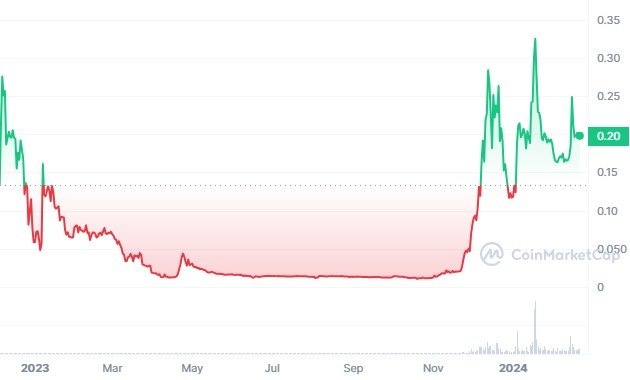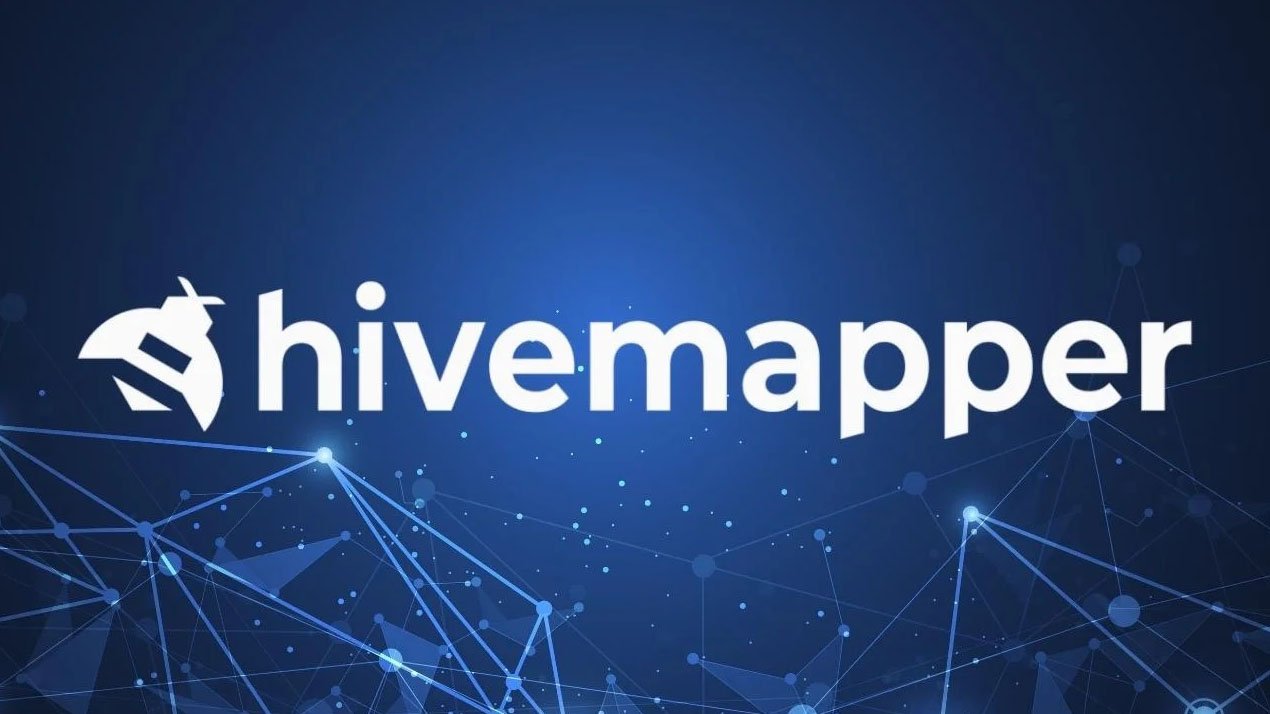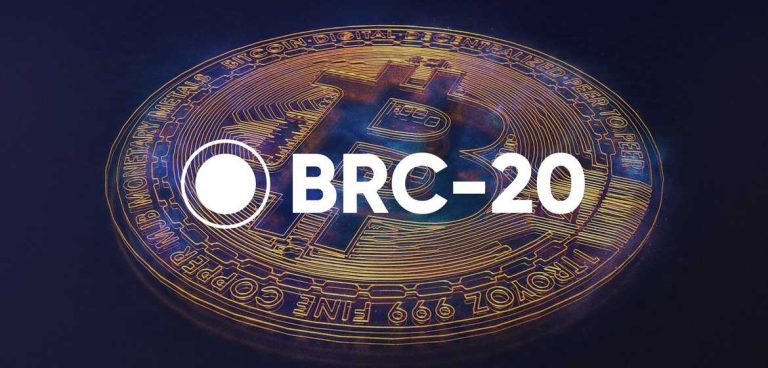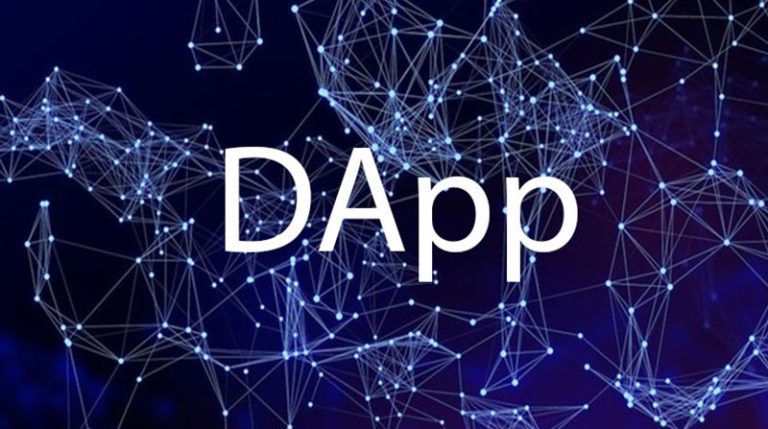Introduction
Have you ever wondered how Google Maps or other mapping services collect and update their street-level imagery? How often do they drive around the world with their expensive cameras and vehicles? How do they ensure the accuracy and freshness of their data? And how do they monetize their service and share the value with their contributors and customers? This article will introduce you to a project that aims to disrupt the traditional mapping industry with a decentralized, community-driven, and crypto-enabled solution.
The project is called Hivemapper, and it is a global mapping network that rewards its contributors for collecting high-volume 4K street-level imagery with dashcams through a Drive-to-Earn model.
We will explain what Hivemapper is, how it works, who is behind it, and what are its features and advantages. We will also cover its tokenomics, roadmap, and challenges.
Overview
Hivemapper is a decentralized mapping service that uses dashboard-mounted cameras on contributors’ cars and incentivizes users to drive around and record their surroundings. The network is built on the Solana blockchain, and users are rewarded with HONEY crypto tokens for their automatic contributions to the overall map.
Hivemapper leverages a vast number of people that already drive extensively during their day-to-day job to collect street-level imagery. This has several benefits, such as:
– Lower Cost Maps: With Hivemapper, mapping is a by-product and not the primary activity (People already drive for their main occupation). The primary result of this is a lower cost of service to access the data.
– More Up-To-Date Maps: Because anyone can join Hivemapper through the acquisition of relatively inexpensive hardware, more contributors contributing to the map will result in the same location being mapped more frequently.
– Higher Quality Maps: For many locations, Google Maps only passes by a specific location once every few years. If atmospheric and lighting conditions aren’t ideal, it might take years before better imagery becomes available.
Hivemapper also uses advanced computer vision and machine learning techniques to process, analyze, and enhance the collected imagery. The network can detect and track changes in the physical world, such as new buildings, roads, signs, and landmarks, and update the map accordingly. This enables Hivemapper to provide a dynamic and accurate representation of the real world.
Hivemapper’s target customers are businesses and organizations that need high-quality and up-to-date street-level imagery for various purposes, such as navigation, delivery, real estate, insurance, and tourism. Hivemapper offers a flexible and transparent pricing model, where customers only pay for the data they consume, and a portion of the revenue is shared with the contributors who provided the data.
Background

Hivemapper was founded by Ariel Seidman (Co-Founder & CEO) and Evan Moss (Co-Founder & CTO) in 2015. The project started as a 3D mapping platform that used drones and smartphones to capture aerial imagery and create 3D models of the world. However, the team realized that the drone market was too niche and limited, and decided to pivot to a more scalable and accessible solution that used dashcams and cars to collect street-level imagery.
The project launched its first version in November 2022, and since then, it has achieved several milestones, such as:
– Securing partnerships with leading dashcam manufacturers, such as Nextbase and Thinkware, to integrate Hivemapper’s software into their devices and offer them to their customers.
– Raising $15 million in a Series A funding round led by Andreessen Horowitz, one of the most prominent venture capital firms in the crypto space.
– Launching its native cryptocurrency token, HONEY, on the Solana blockchain, and distributing it to its contributors and early adopters through airdrops, liquidity mining, and game mining.
– Expanding its coverage to over 100 countries and regions, and reaching over 10,000 active contributors and 1,000 paying customers.
Tokenomics

$HONEY is the cryptocurrency of the Hivemapper Network, and it is used for various purposes, such as:
- Governance: HONEY holders can vote on the parameters and decisions of the network, such as the composition of the liquidity pool, the fees, and the incentives.
- Staking: HONEY holders can stake their tokens to secure the network and earn rewards from the fees and inflation.
- Rewards: HONEY is distributed to the contributors of the network for providing and updating the street-level imagery, and for participating in the games and challenges.
- Fees: HONEY is used to pay for the fees of using the network, such as accessing the data, creating smart pools, and delegating assets.
- Collateral: HONEY can be used as collateral for borrowing and lending on other DeFi platforms, such as Aave or Compound.
HONEY has a fixed supply of 10 billion tokens, and it is distributed through various methods, such as:
- Airdrops: 10% of the supply is allocated to airdrops, which are given to the early adopters and supporters of the network, such as the dashcam owners, the newsletter subscribers, and the social media followers.
- Liquidity Mining: 20% of the supply is allocated to liquidity mining, which is given to the liquidity providers of the HONEY/USDC pool on Serum, a decentralized exchange built on Solana.
- Game Mining: 30% of the supply is allocated to game mining, which is given to the contributors who participate in the games and challenges on the network, such as mapping new areas, updating old data, and finding hidden treasures.
- Token Sales: 10% of the supply is allocated to token sales, which are conducted through various platforms, such as CoinList, FTX, and Solana Launchpad.
- Team and Advisors: 10% of the supply is allocated to the team and advisors of the project, which are vested over four years.
- Foundation: 10% of the supply is allocated to the Hivemapper Foundation, which is a non-profit organization that supports the development and growth of the network.
- Ecosystem: 10% of the supply is allocated to the ecosystem, which is used for grants, partnerships, and integrations with other projects and platforms.
HONEY can be bought, stored, and traded on various platforms, such as:
- Serum: A decentralized exchange built on Solana, where HONEY can be traded against USDC and other Solana-based tokens.
- FTX: A centralized exchange that supports Solana-based tokens, where HONEY can be traded against USD and other fiat currencies.
- Phantom: A Solana-based wallet that supports HONEY and other Solana-based tokens, and also integrates with Serum and other DeFi platforms.
- Ledger: A hardware wallet that supports HONEY and other Solana-based tokens, and also integrates with Phantom and other Solana-based wallets.
Market Statistics
Market Cap: $161,270,737
Circulating Supply: 827,166,518 HONEY
Supply Cap: 10,000,000,000 HONEY
All-time High: $0.4315 -54.61% December 07, 2022
All-time Low: $0.0085 +2204.43% April 06, 2023
Features and Functionality
- WINR Liquidity Pool (WLP): The WLP is a pool of assets that are used to fund the payouts and rewards for the players of the games hosted on the network. The WLP is composed of an index of ERC20 tokens, such as USDC, DAI, ETH, and HONEY. The WLP token (WLP) represents the share of the pool and can be used as collateral or for farming strategies.
- Dynamic Fees: The WLP pools can adjust their swap fees according to the market conditions, ensuring that liquidity providers are always compensated fairly and that arbitrageurs keep the pools balanced.
- Smart Pools: The WLP pools can be controlled by smart contracts, enabling advanced functionalities such as liquidity bootstrapping, dynamic rebalancing, and programmable incentives.
- Asset Managers: The WLP pools can delegate their idle assets to external strategies, such as lending protocols or yield aggregators, increasing their capital efficiency and returns.
- Games: The network hosts various games that incentivize the contributors to collect and update the street-level imagery, such as casinos, sports betting, loot boxes, and more. The developers of the games can propose their projects to the WINR DAO, the decentralized autonomous organization that oversees the network, and receive a commission from the incentives generated by their players.
- Change Detection: The network uses computer vision and machine learning to detect and track changes in the physical world, such as new buildings, roads, signs, and landmarks, and update the map accordingly. This enables the network to provide a dynamic and accurate representation of the real world.
- Data Marketplace: The network offers a data marketplace where customers can access and consume the street-level imagery for various purposes, such as navigation, delivery, real estate, insurance, and tourism. The network offers a flexible and transparent pricing model, where customers only pay for the data they consume, and a portion of the revenue is shared with the contributors who provided the data.
Roadmap and Future Developments
- Q1 2023: Launch the WLP token and the WLP/USDC pool on Serum, and enable liquidity mining and staking for the WLP token holders.
- Q2 2023: Launch the first batch of games on the network, such as casinos, sports betting, and loot boxes, and enable game mining for the contributors.
- Q3 2023: Launch the smart pools feature, which allows the creation and management of custom liquidity pools with smart contracts, and enable asset managers to delegate their idle assets to external strategies.
- Q4 2023: Launch the change detection feature, which allows the network to detect and track changes in the physical world, such as new buildings, roads, signs, and landmarks, and update the map accordingly.
- Q1 2024: Launch the data marketplace feature, which allows the customers to access and consume the street-level imagery for various purposes, such as navigation, delivery, real estate, insurance, and tourism.
Risks and Challenges
- Regulatory and Legal Issues: Hivemapper operates in a sensitive and complex domain, where different countries and regions have different laws and regulations regarding privacy, data protection, and intellectual property. Hivemapper has to comply with these rules and ensure that its contributors and customers do not violate them.
- Competition and Innovation: Hivemapper competes with other mapping services, both centralized and decentralized, that offer similar or better solutions for street-level imagery. Hivemapper has to constantly innovate and improve its features and functionalities to stay ahead of the curve and attract more contributors and customers.
- Scalability and Security: Hivemapper relies on the Solana blockchain, which is a relatively new and untested platform that claims to offer high scalability and security. However, Solana may face technical issues, such as network congestion, bugs, or attacks, that could affect Hivemapper’s performance and reliability.
Conclusion
Hivemapper is a decentralized mapping service that leverages dashcams and crypto to create and update a global street-level imagery map. Hivemapper offers a flexible and innovative solution for providing and consuming high-quality and up-to-date mapping data, and rewards its contributors and customers with its native token, HONEY. Hivemapper has a clear vision and roadmap, and a strong team and partners, to achieve its goals and objectives.
Sources
https://coinmarketcap.com/currencies/hivemapper/
https://www.coingecko.com/en/coins/hivemapper
https://www.hivemapper.com/contribute/
https://crypto.com/price/hivemapper
https://decrypt.co/96906/google-maps-solana-mapping-network-hivemapper




